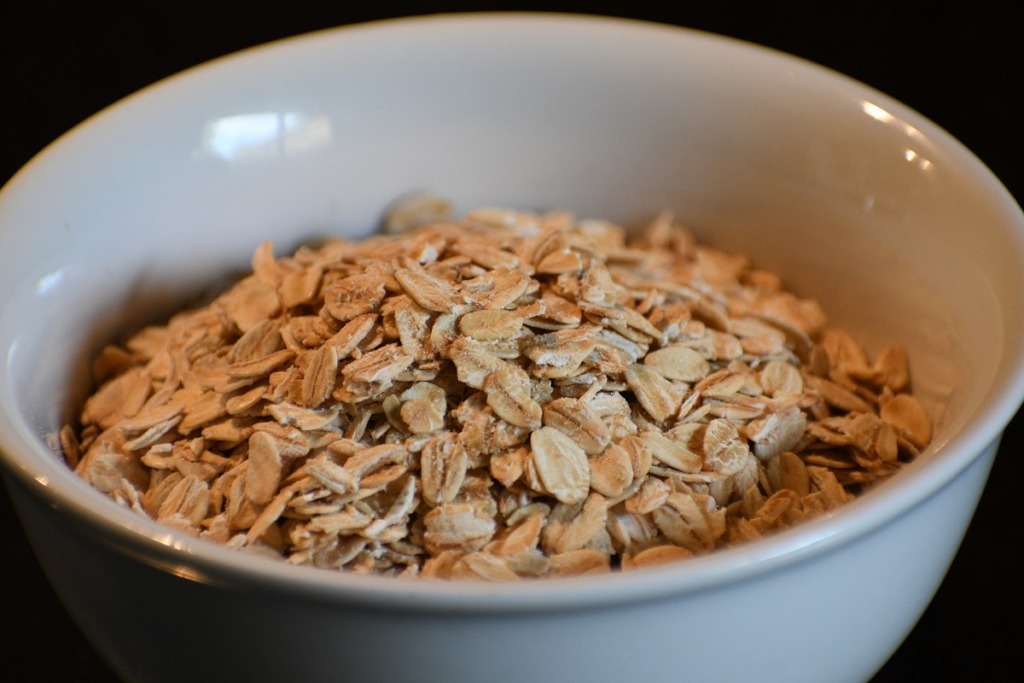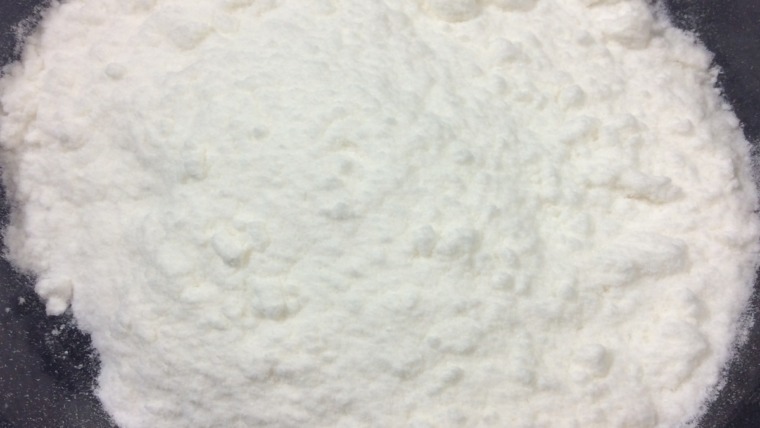
Written by Kevin Kapusi Starow
Also known as the Common Oat this cereal crop is grown predominantly for its seed, of the same name. Oats are grown primarily as stock feed, though most of us, and I count myself amongst this group, are under the misguided idea that they are grown just for us. Though of course Oats are commonly used as a food source for humans in such things as cereals, breads, and as a milk substitute.
As you might well imagine, oats, in one form or another, have been cultivated for many thousands of years. They are suitable for the cooler, temperate climates rather than the hotter regions of the world. Hence why we see evidence emerging of oats being first cultivated throughout the Middle East and Europe.
Oats are an annual plant which have a greater tolerance to rain than most of the other cereals, such as barley, rye or even wheat. This makes them suitable for areas of north western Europe where the summers are cooler and wetter. So, it is unsurprising that Russia, Canada, Finland, Poland and Australia are amongst the leading producers of oats throughout the world
History Of Oats
In times prior to mechanization, the harvest of this cereal was labour intensive, and a back-breaking job. First, the plants were matured till the kernels turned a sort of creamy brown. They were then cut approximately 10cm above the ground, and laid out in rows to dry for several days, prior to being threshed. Of course, today these processes are computerized and automated with specialized machinery to perform each task.
As previously mentioned, this cereal crop has been around for many thousands of years and has been sustaining life for all that time. You could say it has been one of the building blocks that modern-day society has been built on. Can you imagine a world without the use of Oats, how would we have been able to feed the stock who worked our fields, and provided us with milk and meats. Sort of makes you stop and appreciate the humble oat a little.
How To Cook With Oats
Commonly many of us recognise or associate oats with morning cereals, or as an ingredient in biscuits or cookies such as oatcakes or the popular ANZAC cookie. It is true that oats are predominantly either rolled or crushed into flour, though they are also used to produce a milk substitute, simply known as oat milk.
We are all familiar with the common porridge, as I well remember from my childhood. My mother preparing it or myself making it (it was not one of my fav’s). Porridge is eaten either as a savoury or sweet dish, you even find oats being a substitute for rice in risotto recipes.
Oats have been, and of course are still used in the production of beverages such as beer and stouts. They are used to produce a traditional Scottish beverage called Atholl Brose, which is a combination of whiskey, oats, honey and cream I am led to believe. Then in Latin America they have a drink called Avena, made from a combination of oats and milk that is consumed cold.
Oats were certainly not a winner for me as a child, when my mother would cook them in milk then top them with perhaps a banana and brown sugar. Today this sounds yummy, though as a child it was like eating grass, a staple breakfast that was served whether I liked it or not. Today though it is one of my go-to breakfast options. I love cooked oats with fruit, honey, cocoa powder, sultanas, and whole linseeds.
My absolute favourite is granola, my personal recipe we feature in the recipe section. I eat this at almost any time. If you make it yourself, you have the control to add the ingredients you prefer, and best of all it will be healthier, tastier and much cheaper than the store-bought varieties.
What Are The Health Benefits Of Oats
Oats are considered to be a healthy food due to the cholesterol-lowering properties they possess. As a result of testing completed by the American food and drug administration, their results showed that with regular consumption Oats have been shown to reduce cholesterol in the body. Thus, food companies have been granted the authority to promote the cholesterol-lowering properties of Oats in their advertisements.
They are also an incredible source of fibre, which helps to clean and flush the body of toxins and waste, by cleaning out the intestines.
Not only do Oats have a direct benefit, with regular consumption, they also indirectly have a positive health benefit. Consider for a minute that Oats have helped to feed generations of livestock who in turn have provided humans with nutritious and essential vitamins through their milk. Now we can begin to appreciate the lengths this cereal grain has impacted, and is still impacting the health of our community, both directly and indirectly.



